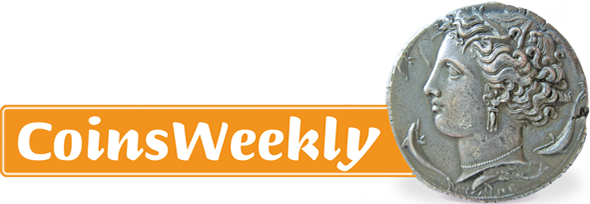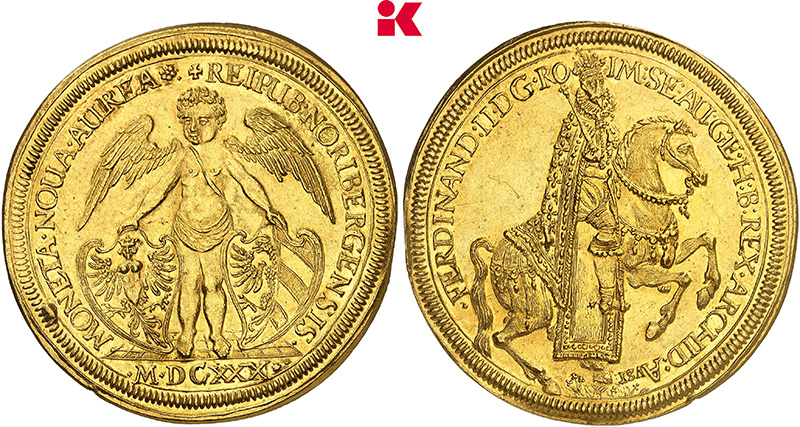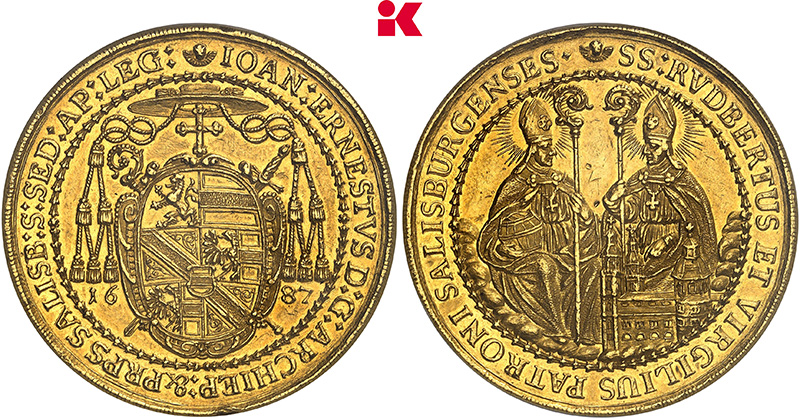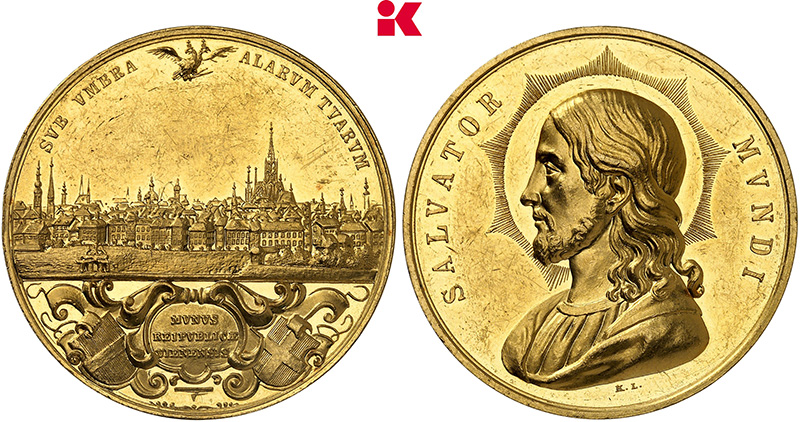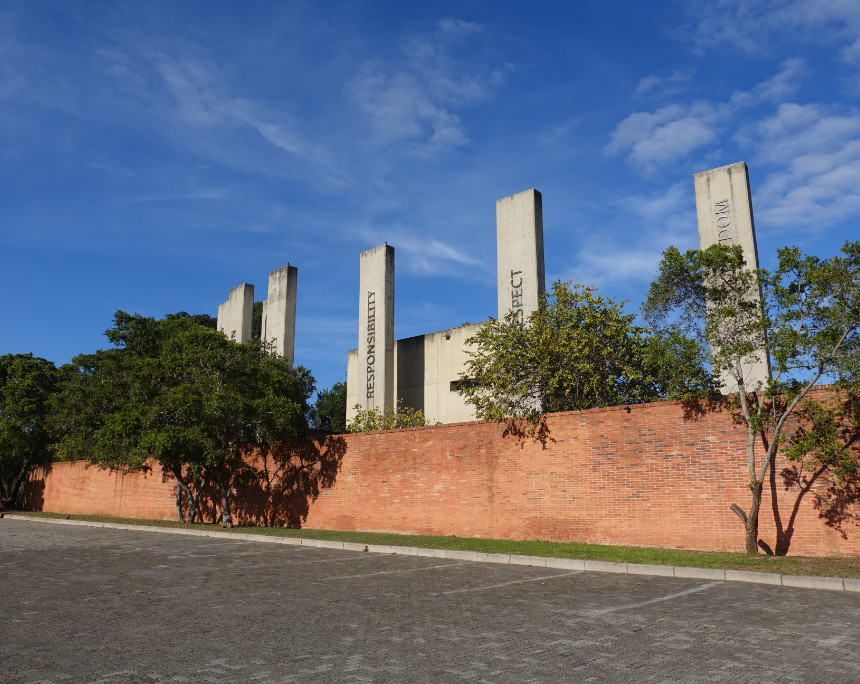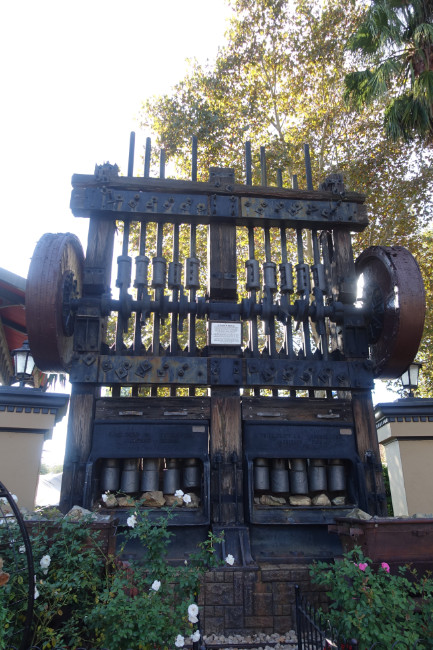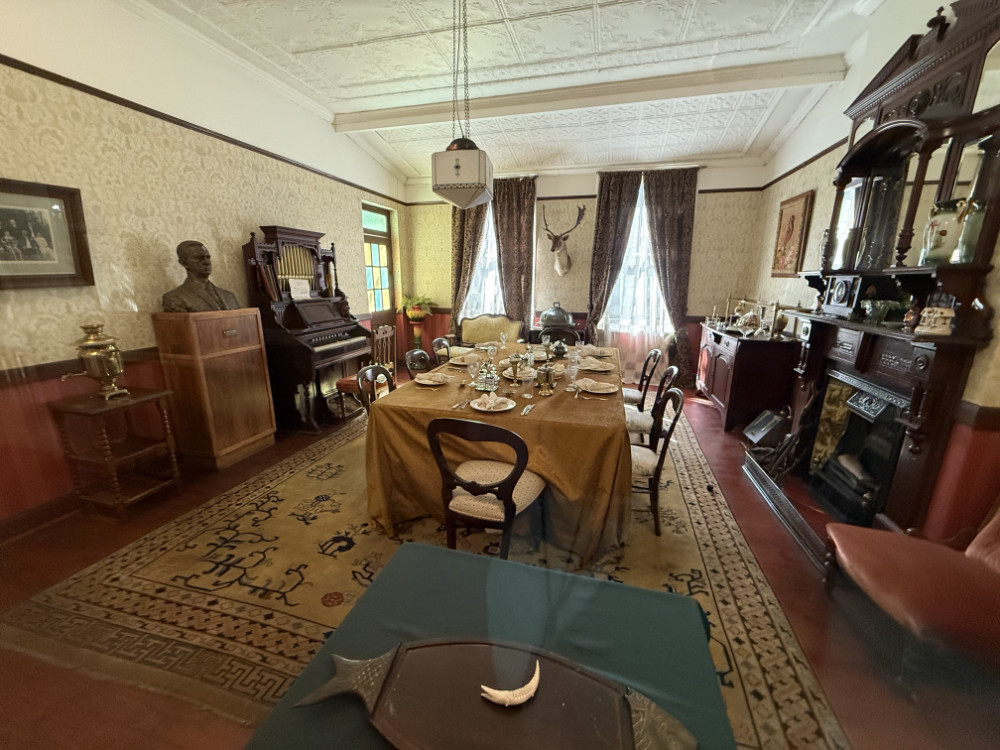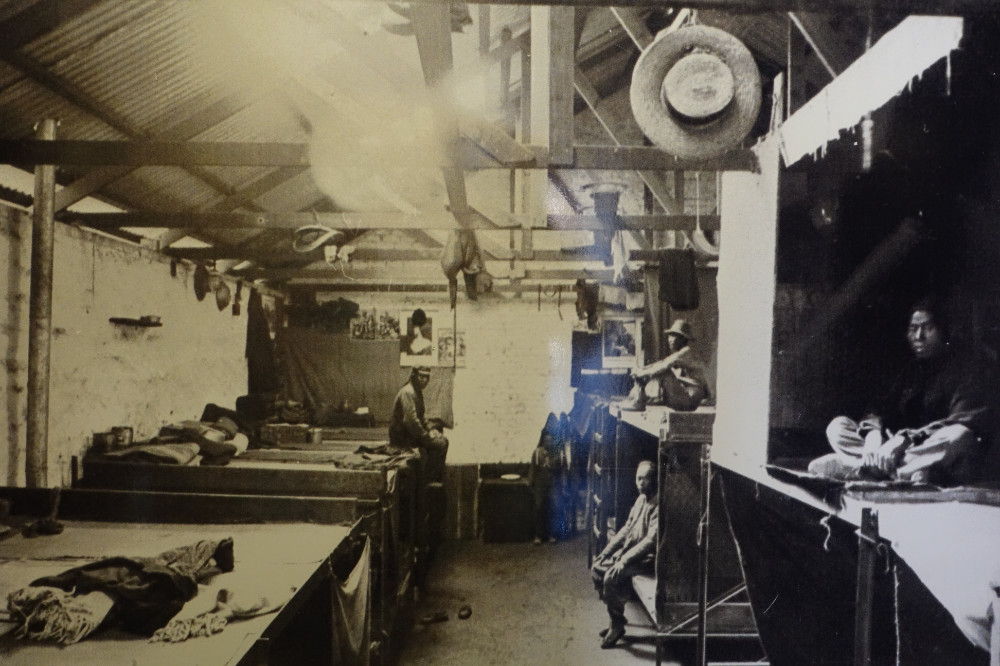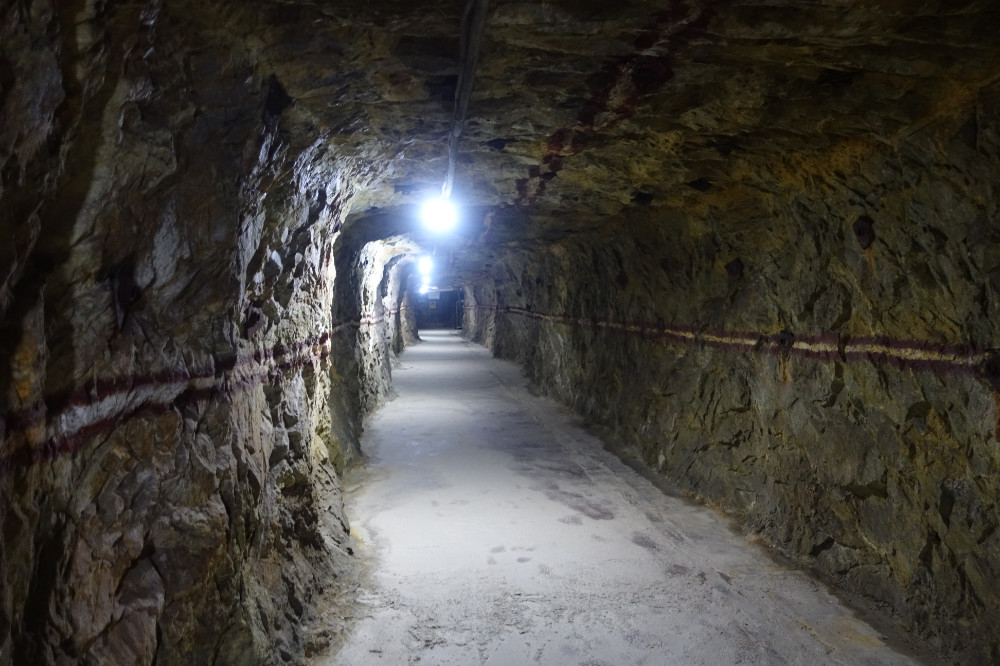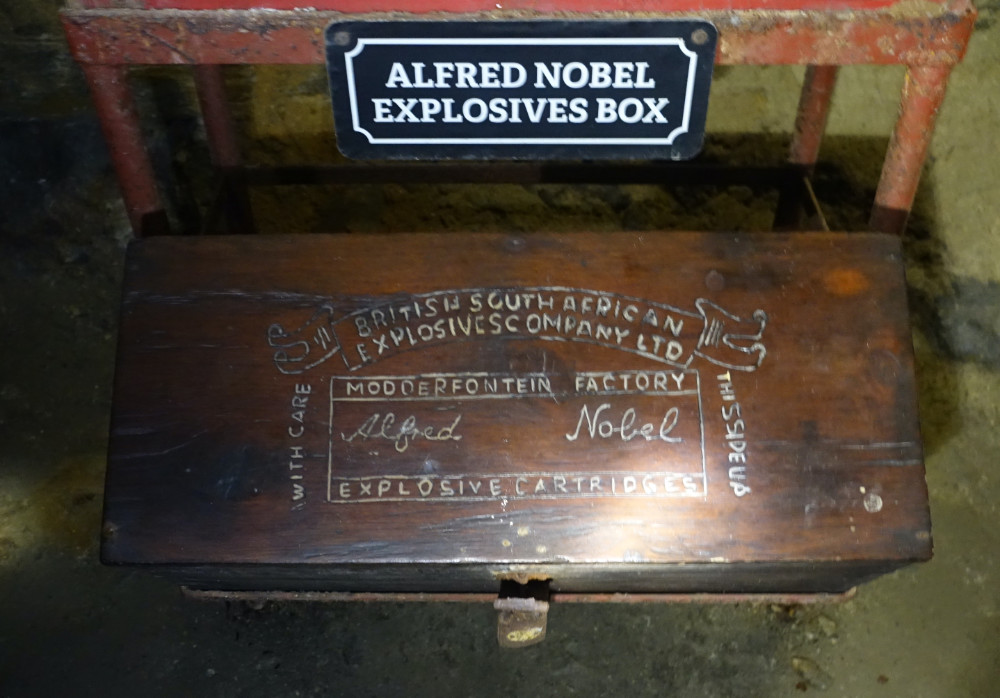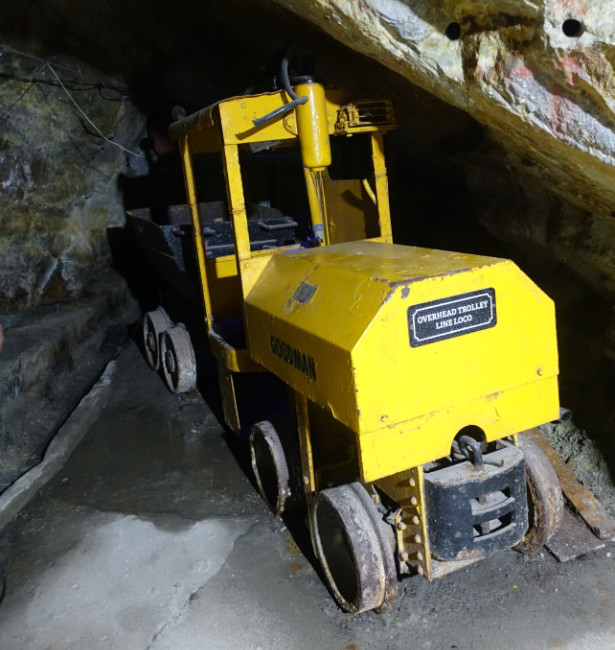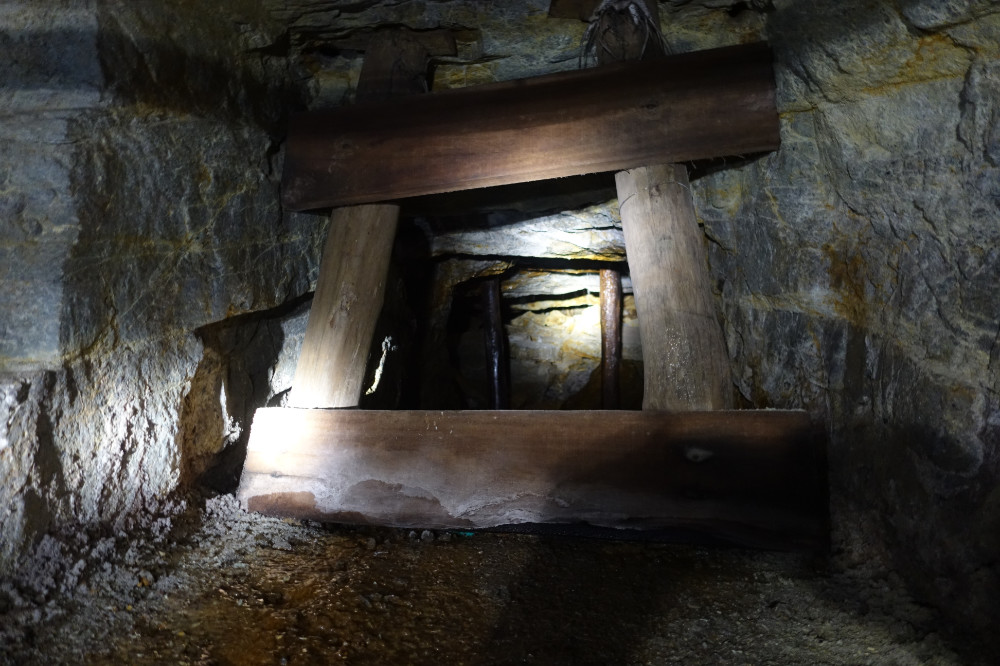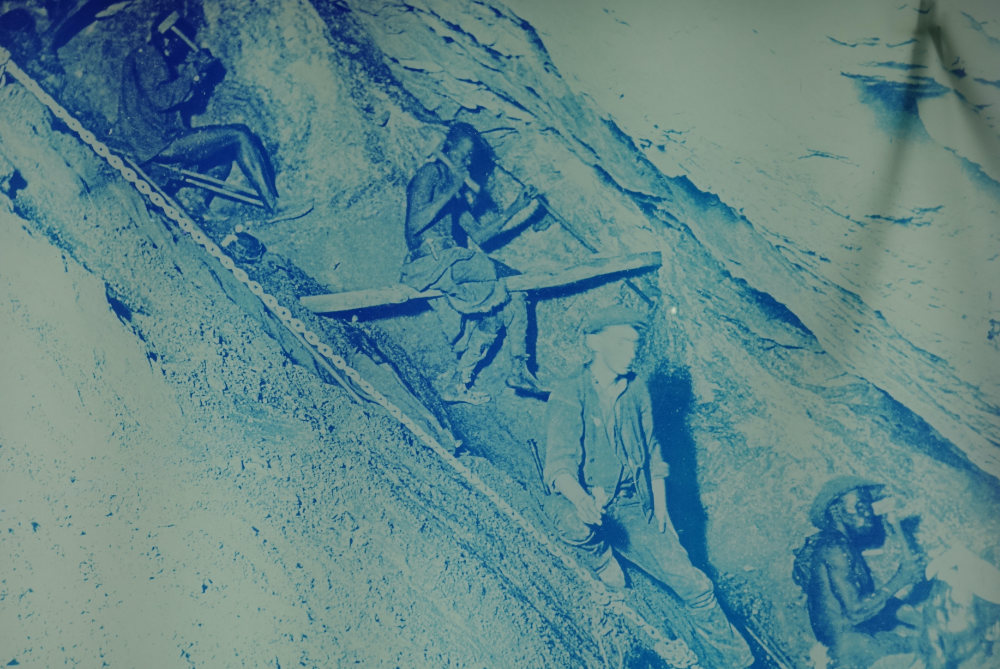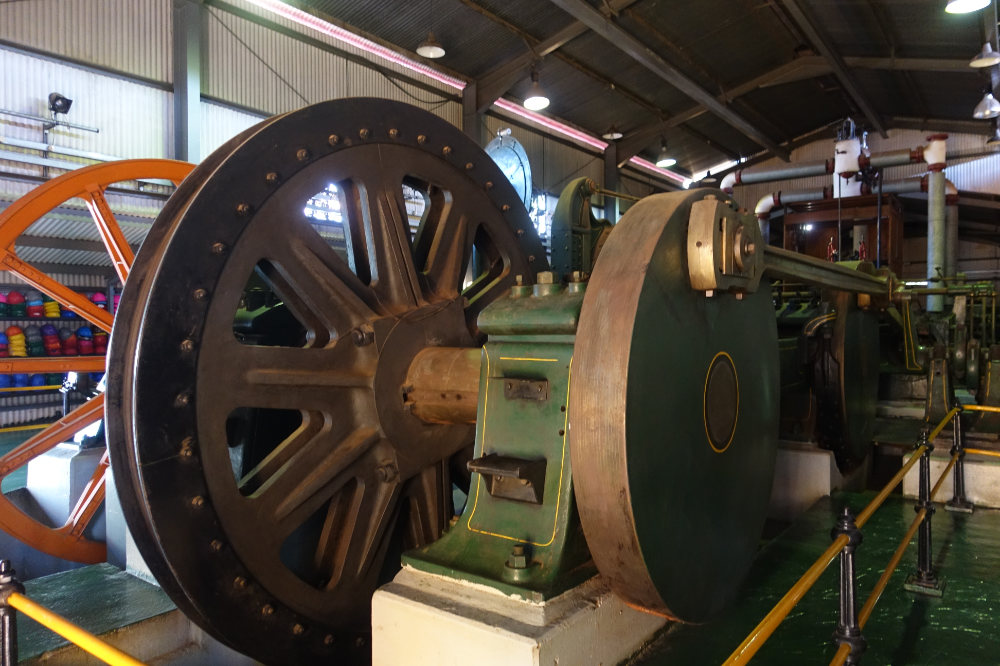Friedrich Wilhelm, the Great Elector.
Ducat 1686 LCS, Berlin.
Extremely rare.
Attractive piece.
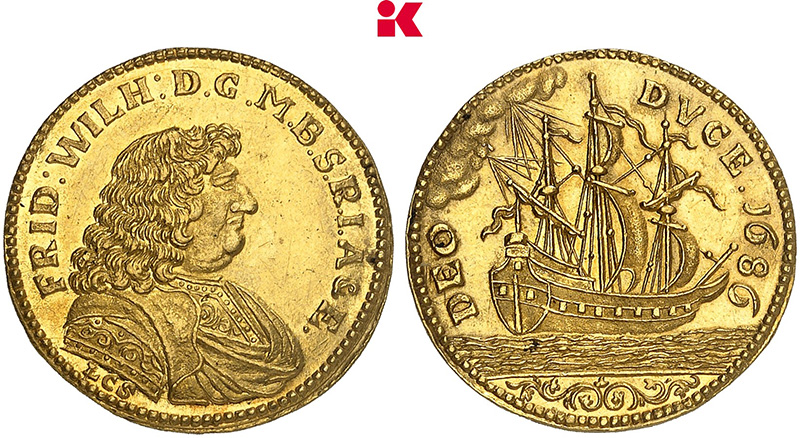

Maximilian II.
Ducat 1855.
Only a few pieces are known.
Extremely fine-uncirculated.
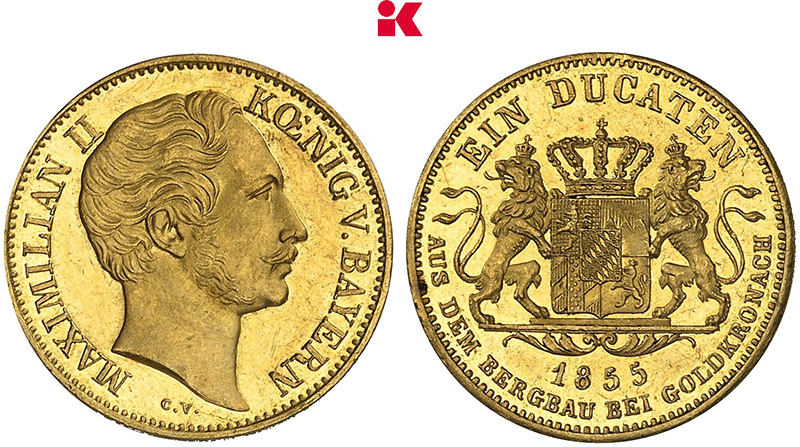
Ferdinand Albrecht I.
Löser in the weight of 4 Reichstalers 1670, Clausthal.
Extremely rare.
Attractive piece.
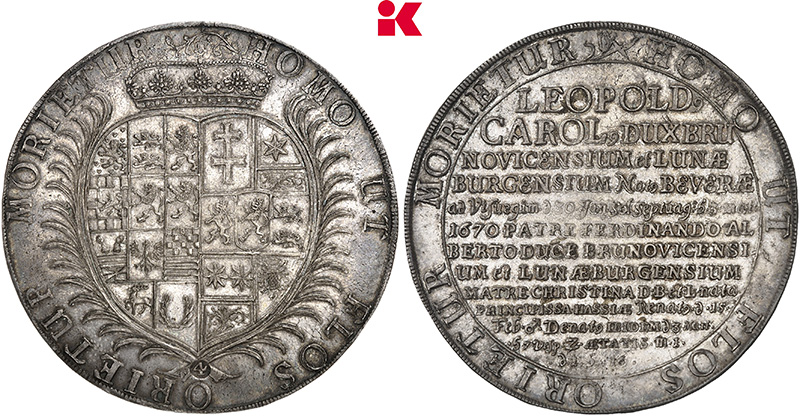
Friedrich Adolf.
5 Ducats 1711, Detmold.
Only known piece.
Extremely fine-uncirculated.
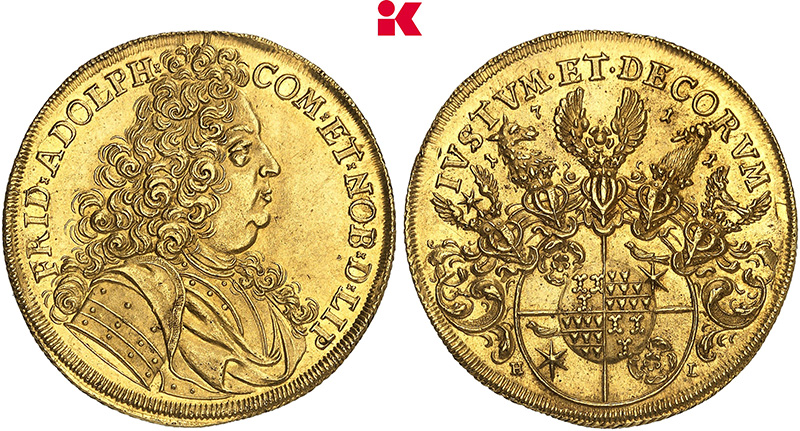
6 Ducats, n. d. (1765-1790), with the title of Joseph II.
NGC MS 62 PL.
Extremely rare.
Attractive piece from polished dies.
Almost uncirculaed.
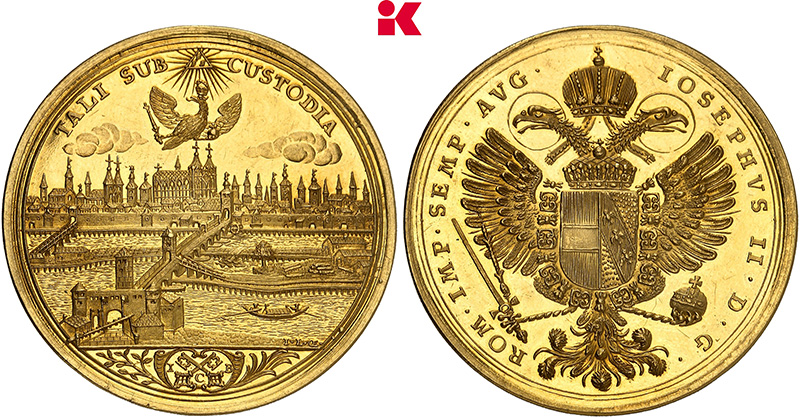
Johann Adolf, 1590-1616.
Portugalöser (10 ducats) n.d., Eutin.
Extremely rare and of particular
significance in monetary history.
Attractive piece.
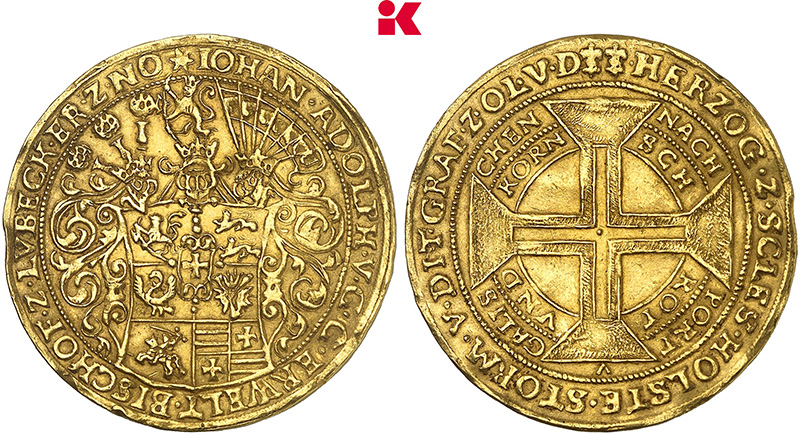
Leopold I, 1657-1705.
20 Ducats, n. d. (after 1666), Hall,
by M. König.
Extremely rare.
Almost extremely fine.
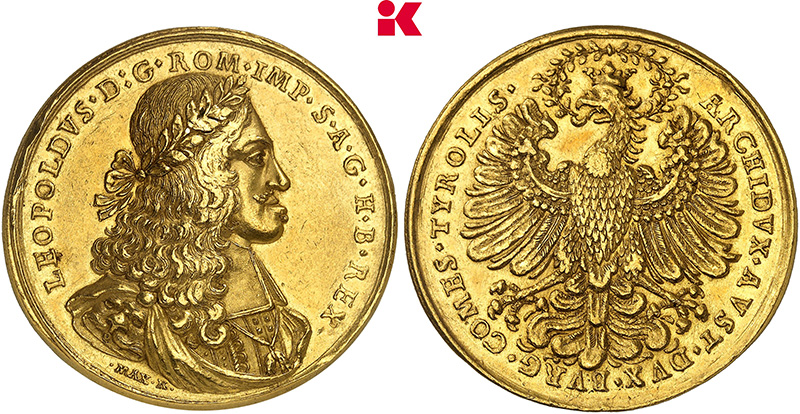
What a Theme Park Tells Us about Johannesburg’s Gold-Mining Past
It’s eight in the morning, the sky is blue and the temperature pleasant, when Francois, my guide, picks me up from my hotel. We plan to visit some highlights around Johannesburg. I wanted to see a gold mine. After all, it’s my dream to reconstruct the production of a coin from the moment the metal is mined to the finished, packaged object. And South Africa is famous for its gold mining. Naturally, I would prefer to visit a mine that’s still in operation. No chance, said my contacts at the South African Mint. No chance, said Patrick from Mmilo Tours, who organized my trip. No chance, says my guide as well – but instead, they’ve booked the Heritage Tour in Gold Reef City for me. It’s the only way to see at least a former mine. Gold Reef City? I’m skeptical. When I looked it up it online, I found that Gold Reef City is a modern amusement park, Disney-style. But at least the rollercoasters and kiosks are designed to reflect the era around 1890, when Johannesburg was still a gold rush settlement…
Content
A Low-Threshold Educational Offering
And so we arrive at Gold Reef City with its large parking lot. The first thing I learn is that this place hosts not just one Johannesburg attraction, but two. The Apartheid Museum is right next to the amusement park – they practically share a parking lot. For anyone who hasn’t heard of it: this museum is tourist attraction number one in Johannesburg. All tour groups and individual travelers visit, and even most state guests stop here, which is why a huge helipad is kept clear in front of the museum.
It’s no coincidence that Gold Reef City is located right next to the Apartheid Museum. This way, an accessible educational opportunity is created: after enjoying the amusement park, visitors can do something educational – either visit the Apartheid Museum or the mine inside the park.
Gold Reef Park
So we find ourselves standing in line just before the park opens. We’re booked for the first mine tour. I don’t see any other tourists. Instead, children hop from one foot to the other in impatience while parents desperately try to keep all their kids in sight. Teenagers act cool, even as excitement for the rollercoasters shines in their eyes. The uniformed park staff seem mildly amused that someone from Germany is here just to see the gold exhibit – and still pays full price – but the customer is always right.
I find it equally amusing to be going on a tour inside an amusement park. But the Crown Mine, on which Gold Reef City was built after it was closed down, was one of the largest and deepest gold mines in the world until 1982. The mine had been in operation since the start of the South African gold rush and produced an incredible 1.4 million kilograms of gold before shutting down.
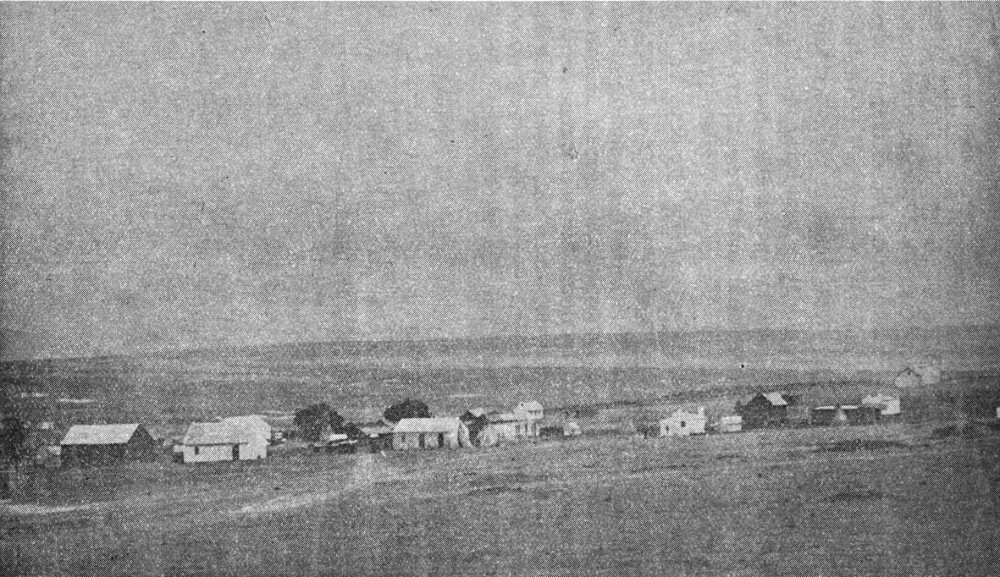
Where Johannesburg stands today, there were only wooden houses and tents for gold diggers around 1890
The Witwatersrand Gold Rush
South Africa is incredibly rich in mineral resources. It’s said that a mineralogist from Wales already discovered gold here in 1852. He immediately brought the find to the Transvaal government, assuming they would be thrilled. But President Andries Pretorius – a devout Calvinist – had no desire for a second California. He ensured the finance ministry bought the gold, and the mineralogist was expelled from the country. Is the story true? If not, it’s a well-crafted tale. The ideals of the Boer government did not match the gold rush atmosphere of Johannesburg.
At some point, Cecil Rhodes heard about the gold. He had already made his first fortune with diamonds. Now, just 500 kilometers from Kimberley, another opportunity beckoned. Soon after, under Rhodes’ leadership, a new company was founded: Consolidated Gold Fields of South Africa.
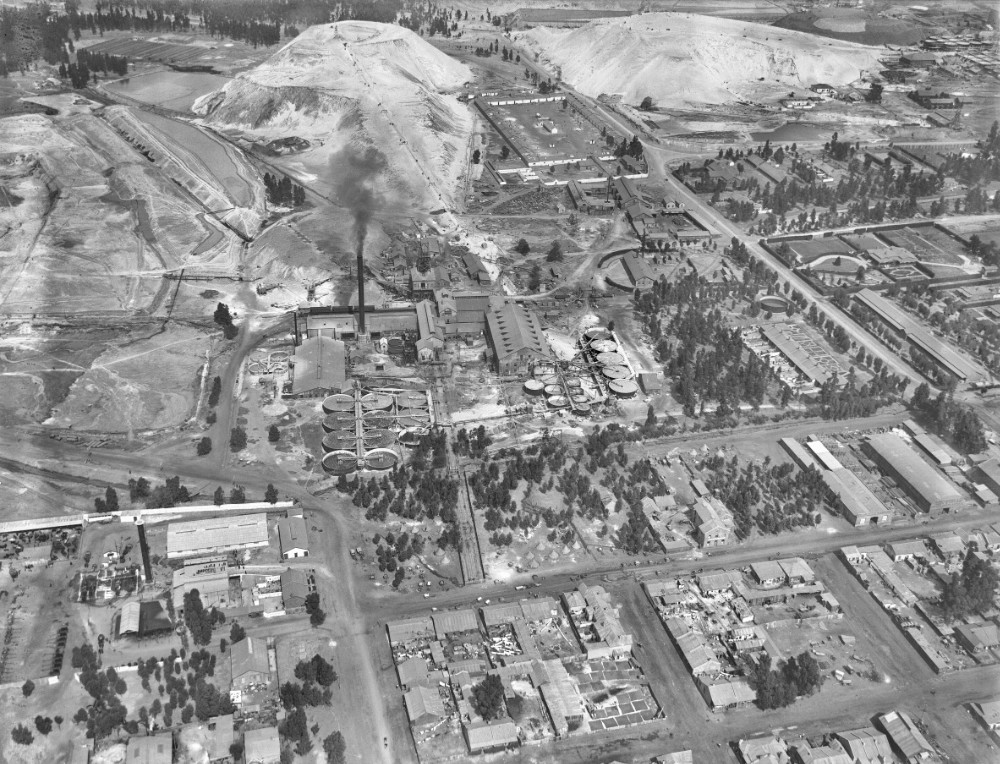
Gold mines near Johannesburg. Balloon photograph by Eduard Spelterini, July 1911. Swiss National Library.
And then exactly what Andries Pretorius had hoped to prevent happened: gold prospectors from all over the world flocked to South Africa. A makeshift settlement sprang up near Johannesburg. Its bars and brothels shocked the Calvinist farmers of the Transvaal, as did the unrestrained greed that reigned there.
The government tried everything to prevent gold mining and immigration, such as imposing high tariffs on dynamite – thereby alienating European investors who had put large sums into South African mines. The result? The anti-capitalist government had to go – and that brings us to the Boer War. Let’s say it plainly: Without its gold, Transvaal would not have been conquered by Britain at such high cost.
The Heritage Tour
But back to Gold Reef City. A guide first takes us into a large cinema. The film, aimed at South African youth, is shown just for me. It doesn’t teach me anything new, but my guide is enthusiastic.
Next up are three houses authentically furnished with period pieces. We see how a Boer farmer, a mine director, and an engineer lived back then. The contrast between the simple farmhouse and the luxurious parlor of the mine director is striking: here, a corner for the family Bible; there, fine porcelain, elegant glassware, and a pricey music box.
The miners’ living conditions looked very different: cramped shared rooms, basic food. But even in Europe at the time, workers and servants didn’t live more comfortably. As always, the conditions aren’t put into historical context, and so they appear much worse than they probably felt to contemporaries. The highlight: the outhouse, which the guide presents with dramatic flair – just imagine! Sanitary facilities outside the home.
And now it’s time. We’re given a helmet, a lamp around the neck, and we descend into the massive lift that transported workers to their workplace until 1982. More than a hundred miners were crammed into the two-story lift, descending hundreds of meters in seconds. For us, the ride ends after just 75 meters – only a fraction of the mine’s depth, which reached nearly 3.3 kilometers!
Still, I don’t like to think about how many tons of rock are above me as I walk through the wide tunnels. If you know early modern mines, you’ll be stunned by how high and wide these spaces are. The reason becomes clear quickly: means and purpose.
In 1866, Alfred Nobel invented dynamite, revolutionizing mining. No more laboriously chipping away the rock. Instead, one could drill a hole, insert a charge (hopefully correctly), and detonate it.
This made it possible to quickly and efficiently blast vast amounts of material. A small locomotive – requiring far more space than traditional mining carts – transported it to the collection points, from which steam-powered winches hoisted it to the surface.
From the central tunnel, smaller, steeper tunnels lead off – much narrower, following the gold vein directly, to avoid removing too much barren rock. This kept the mine structurally stable.
It’s hard to imagine what working in these tight spaces was like.
It’s impressive. The local guides make a great effort to explain everything to the German guest interested in their mine. And yet I’m a bit frustrated – the methods of different eras are jumbled together. I’m no closer to understanding exactly how a 20th-century gold mine operated. But still, it was impressive – 75 meters underground!
You are currently viewing a placeholder content from YouTube. To access the actual content, click the button below. Please note that doing so will share data with third-party providers.
And the highlight is yet to come: the astonished visitors get to witness a live gold casting, once per hour. I assume the gold bar is returned to the crucible as soon as the audience leaves. I see few security measures – despite the current gold price being posted, and every visitor busily calculating the value of the 12.5-kilo bar.
By the way, I searched in vain for the famous coin press known as “Ohm Paul.” Only much later did I learn it had been removed and now stands at the new mint facility in Johannesburg. So, I’ll see it – just next week.






